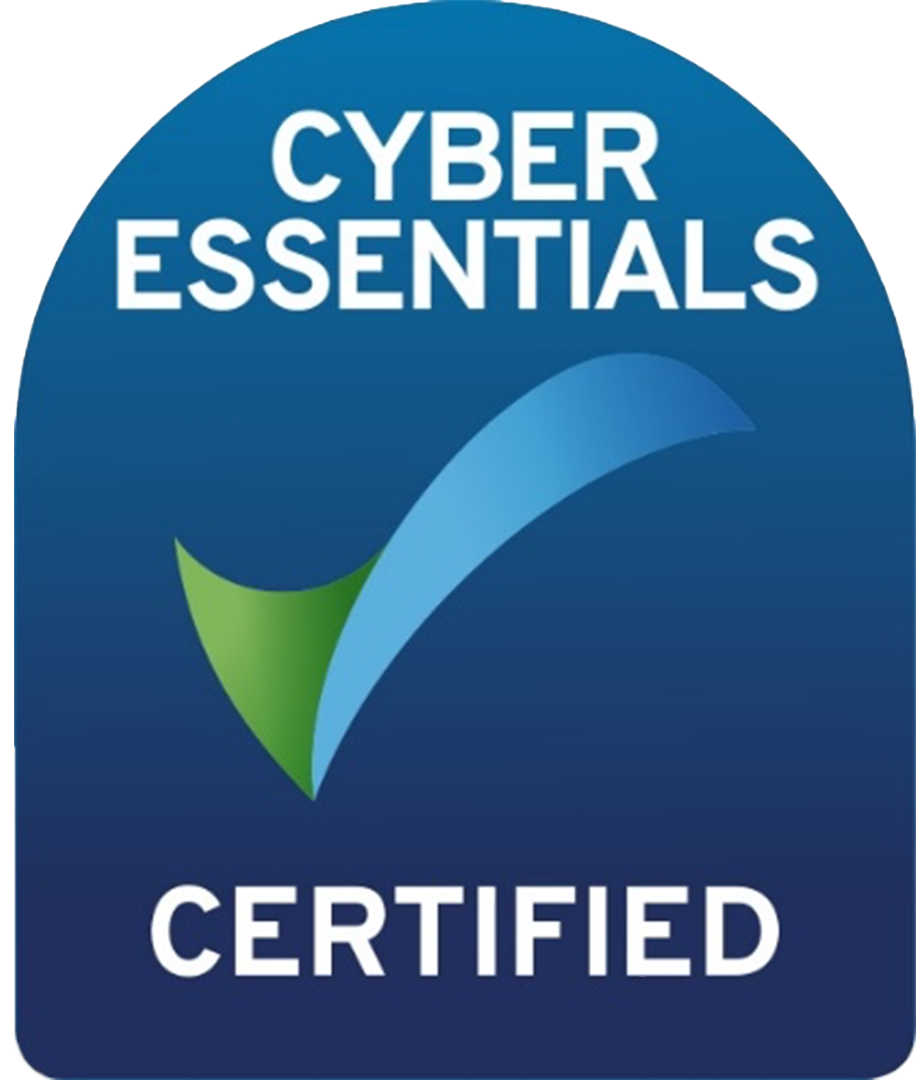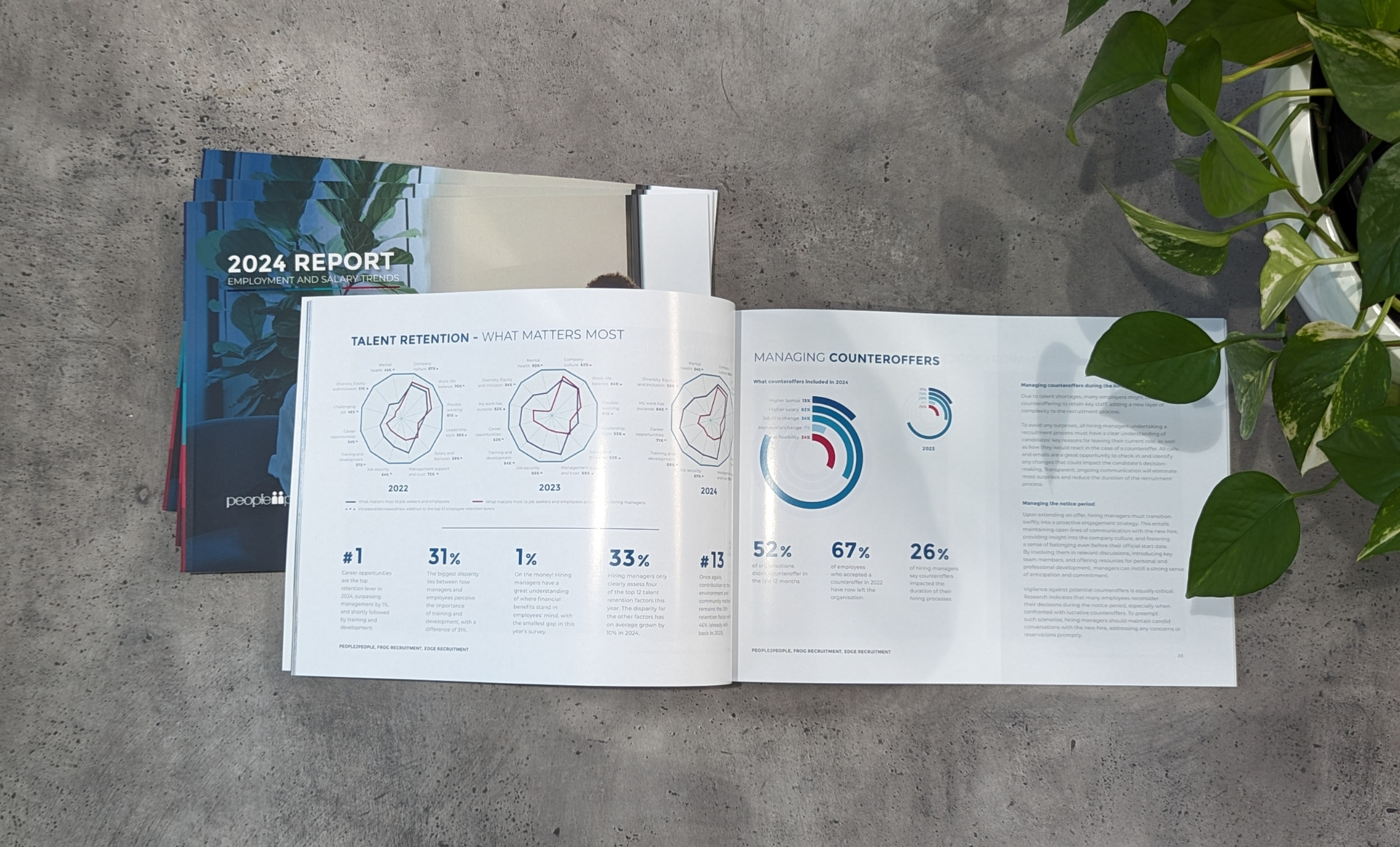Being in the midst of a global pandemic sees employers having to allow their employees, contractors and temps to work remotely from home, as we fight to help keep our communities healthy.
Fortunately, remote work can lead to astonishing productivity regardless of being permanent, contracting or temporary arrangements.
It's all about providing clear guidelines and expectations.
According to a two-year study by Stanford University of 500 people who worked both remotely and in an office setting - the productivity among remote workers was equal to an extra full day’s work each week.
Now that’s impressive!
Read on for our:
7 Simple Steps to Remote Workforce Inductions.
1. Set up all essential systems, accounts and communication platforms. Make sure everything is set up for your remote people so they can get started straight away. This includes:
- Email (if you require),
- Access to any software or programmes they require e.g your CRM or databases
- Video conferencing channels such as Skype, Zoom or Microsoft Teams.
2. Show what you stand for. Make sure you have information on your company’s values, purpose and any links to useful information to enable your team member to ensure they are representing the company accurately.
3. Introduce them to their team. Set up a video team meeting to introduce all staff who will be interacting with your remote worker. Get each individual to give an overview of what they do and how they’ll be working together.
During this session, it’s imperative to ensure that new starter knows who to talk to if they have any questions.
4. Select a dedicated mentor. No matter how comprehensive your company onboarding process is, they’re still likely to have questions or simply need an informal sounding board to check in with, during the early days or weeks of employment.
5. Set out success metrics, deliverables and key projects. Ensure you are crystal clear about the expectations and details of the task so your remote workers can meet these. Defined goals and clear guidance provides your new starter with focus and direction and keeps everyone on track.
6. Plan check-in meetings every day or every second day to ensure the project is staying on track. This is an opportunity for any questions to be asked and makes people feel connected to the process. Keep in mind that remote working might be new to both your and your new starter so communication is essential. Don’t skimp on this process.
7. Establish your “rules of engagement” : Remote work becomes more efficient and satisfying when managers set expectations for the frequency and use of different communication platforms. For instance, let your new worker know if you would prefer to be contacted on email or Microsoft Teams chat. Also, make sure to advise of your accessibility or if they should be communicating with another member on the team instead. You don’t want their work to be delayed or for them to lose motivation if they are waiting on responses from you.
Flexible working arrangements for entire organisations is a relatively new concept for most of us, but with the correct induction process in place, it can (and will!) provide highly successful results for all.
Share this article
Useful links
Search for jobs today
Temp Jobs in United Kingdom
Perm Jobs in United Kingdom
Got a vacancy?
What's happening in the market?
Get your copy of the 2024 United Kingdom Employment and Salary Trends Report
How do I prepare for my job interview?
Get in touch
Find out more by contacting one of our specialisat recruitment consultants across Australia, New Zealand, and the United Kingdom.
Recent insights



UK's 2024 Employment and Salary Trends Report
Salary trends, talent attraction and retention strategies
Copyright © 2024, people2people
people2people partners with
CarbonInvoice to measure and mitigate any carbon emissions associated with the work we do.
Specialisations
Locations
Resources




